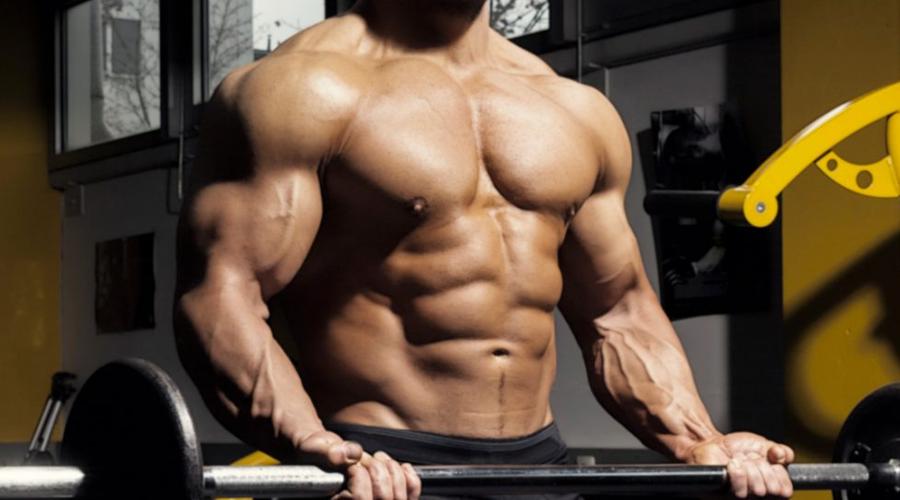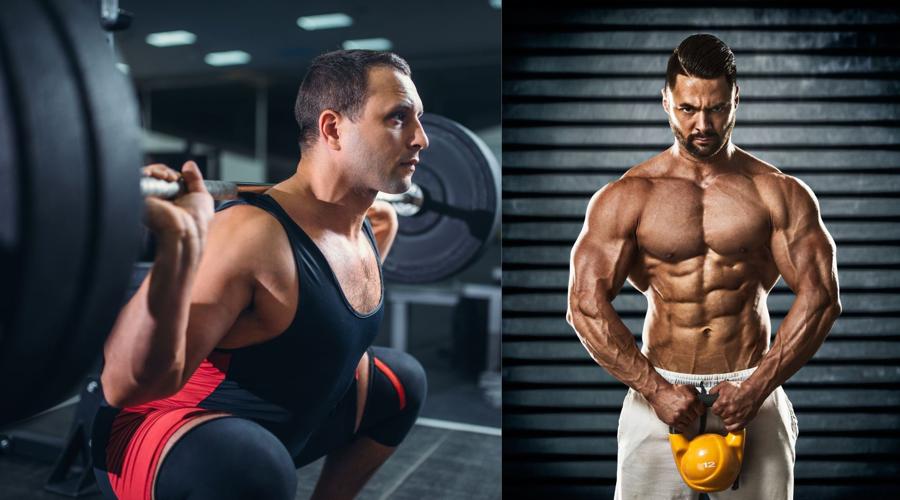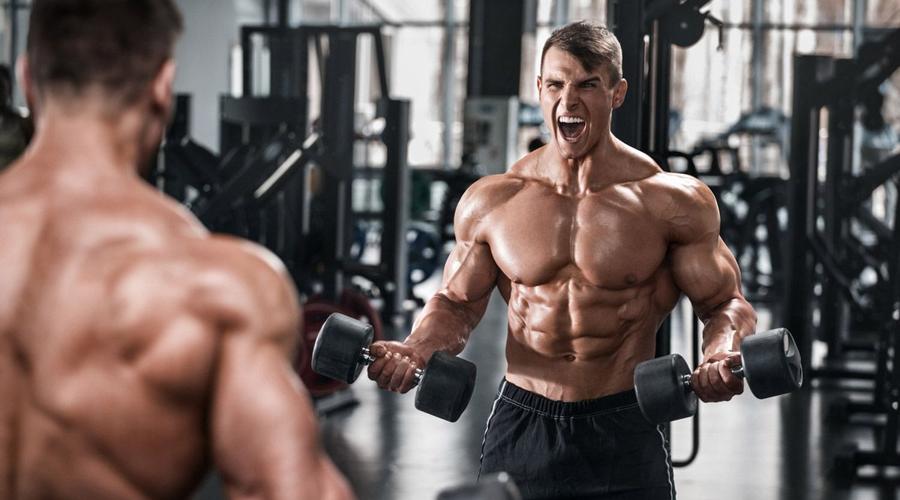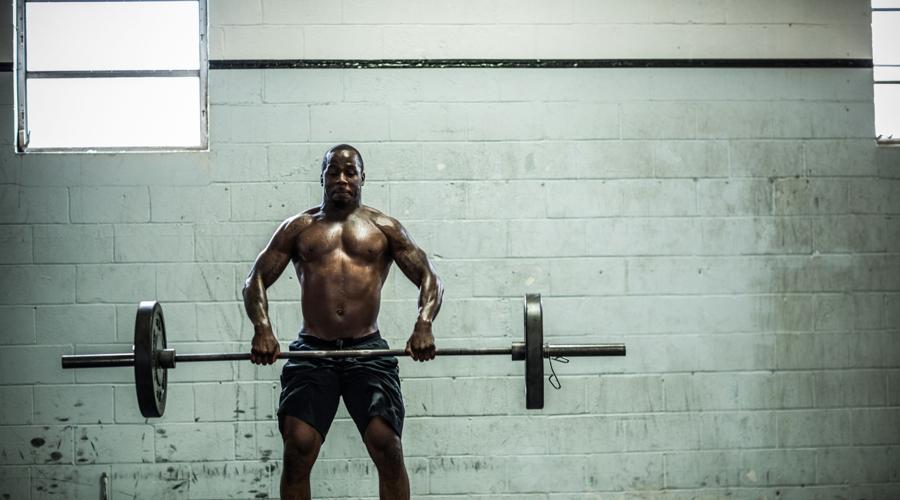
Are you curious about whether powerlifting can truly help you build muscle mass? Many fitness enthusiasts and athletes alike have pondered this very question. In this blog post, we will dive deep into the world of powerlifting and explore its potential for muscle development. Powerlifting is a strength-based sport that focuses on three main lifts: the squat, bench press, and deadlift. While it is widely known for its ability to increase overall strength, there is often debate surrounding its effectiveness in building muscle mass specifically.
So, does powerlifting build muscle? Join us as we uncover the truth, examine the science behind powerlifting’s impact on muscle growth, and shed light on the key factors that contribute to muscle development through this rigorous training regimen. Get ready to challenge your preconceptions and discover the untapped potential of powerlifting for achieving your muscle-building goals.
Understanding Powerlifting
Powerlifting is a strength-based sport that revolves around three primary lifts: the squat, bench press, and deadlift. Unlike bodybuilding, which emphasizes aesthetics and muscle definition, powerlifting focuses on pure strength and performance. The squat involves lowering your body with a weighted barbell on your back, then standing back up, targeting the lower body and core muscles. The bench press requires lying on a bench and pressing a barbell away from your chest, targeting the chest, shoulders, and triceps. Lastly, the deadlift involves lifting a barbell from the ground to a standing position, engaging the muscles of the legs, back, and grip strength.
Powerlifting competitions are structured around these three lifts, with participants aiming to lift the heaviest weight possible for each exercise. Proper form and technique play a crucial role in maximizing performance and minimizing the risk of injury. It’s important to note that powerlifting and bodybuilding are distinct disciplines, although they share similarities in terms of weightlifting. While bodybuilding focuses on sculpting and defining muscles through targeted exercises and aesthetic criteria, powerlifting prioritizes strength gains and overall performance, making it an ideal choice for individuals seeking to build muscle mass without solely focusing on appearance.
Click here to learn more about the muscle-building benefits of powerlifting.
The Relationship Between Powerlifting and Muscle Building
Powerlifting and muscle building go hand in hand due to the nature of the sport. Powerlifting involves lifting heavy weights and performing compound exercises that engage multiple muscle groups simultaneously. These compound movements, such as squats, bench presses, and deadlifts, place significant stress on the muscles, leading to muscle fiber breakdown and subsequent repair and growth. This process, known as muscle hypertrophy, is crucial for building muscle mass.
Moreover, powerlifting incorporates the principle of progressive overload, which is vital for muscle development. By gradually increasing the weight lifted or the intensity of the exercises over time, powerlifters continuously challenge their muscles, forcing them to adapt and grow stronger. The combination of heavy lifting, compound movements, and progressive overload makes powerlifting an effective method for building muscle mass and strength.
Read more about HIIT after Lifting

However, it’s essential to note that diet and nutrition also play a critical role in maximizing muscle growth through powerlifting. Consuming an adequate amount of protein and calories, along with proper rest and recovery, provides the necessary building blocks for muscle repair and growth. Overall, powerlifting, with its focus on heavy lifting and compound exercises, coupled with appropriate nutrition, provides a solid foundation for individuals looking to build muscle mass and achieve their desired physique.
Discover how powerlifting can help you build muscle mass and strength. Click here!
Powerlifting vs. Bodybuilding – Muscle Building
Powerlifting and bodybuilding are two popular approaches to building muscle. While both aim to increase muscle mass, they have different training focuses and methodologies. The table below provides a comparison between powerlifting and bodybuilding in terms of muscle-building aspects.
| ASPECT | POWERLIFTING | BODYBUILDING |
|---|---|---|
| Training Focus | Strength and Power | Hypertrophy and Muscle Growth |
| Repetitions | Low to Moderate (1-6 reps) | Moderate to High (8-12 reps) |
| Sets | Fewer Sets (3-5 sets) | More Sets (3-6 sets) |
| Intensity | High (lifting heavy weights) | Moderate to High |
| Exercise Selection | Focused on the Big 3 Lifts (Squat, Bench Press, Deadlift) | Varied, targeting specific muscle groups |
| Rest Periods | Longer Rest Periods (2-5 minutes) | Shorter Rest Periods (30-90 seconds) |
| Muscle Activation | Whole Body | Targeted Muscle Groups |
| Training Volume | Lower Volume | Higher Volume |
| Muscle Growth | Builds Muscle Mass and Strength | Builds Muscle Mass and Aesthetics |
| Cardiovascular Fitness | Limited Emphasis | May incorporate Cardio Exercises |
| Competition | Competitive Powerlifting Competitions | Bodybuilding Competitions |
Benefits of Powerlifting for Muscle Mass
Powerlifting is not only a competitive sport but also a highly effective training method for building muscle mass. Through its emphasis on heavy, compound movements and progressive overload, powerlifting offers numerous benefits for those seeking to increase their muscle size and strength.
Strength gains
One of the primary benefits of powerlifting for muscle mass is the significant strength gains it promotes. Powerlifting revolves around three main lifts – squat, bench press, and deadlift – all of which require immense strength and power to perform. As you progressively increase the weight you lift in these exercises, your muscles are subjected to greater stress, stimulating muscle fibers to adapt and grow stronger. The enhanced strength gained from powerlifting not only improves your performance in the gym but also provides a solid foundation for muscle growth.
Increased testosterone production
Testosterone, a hormone predominantly found in males but also present in females, plays a crucial role in muscle building. Powerlifting, with its heavy lifting and intense training, has been shown to increase testosterone production. Higher levels of testosterone promote protein synthesis, leading to muscle growth and recovery. This hormonal response to powerlifting helps create an optimal environment for muscle hypertrophy and allows individuals to build muscle mass more effectively.
Training intensity and progressive overload
Training intensity and progressive overload are fundamental principles of powerlifting that contribute to muscle mass development. Powerlifting demands high levels of effort and intensity during workouts, pushing your muscles to their limits. By consistently challenging yourself with heavier weights, increased repetitions, or more advanced variations of the exercises, you apply progressive overload to your muscles. This progressive overload stimulates muscle fibers, causing them to adapt and grow in response to the increased demands placed upon them. The combination of training intensity and progressive overload in powerlifting optimizes muscle growth and ensures continued progress over time.
Read more about Old School Powerlifting Routine

Optimizing Powerlifting for Muscle Development
When it comes to optimizing powerlifting for muscle development, there are various factors to consider beyond just lifting heavy weights. To maximize muscle gains, it’s important to address key aspects such as nutrition, specific powerlifting techniques, and balancing powerlifting with other training modalities.
Nutrition and diet considerations
Proper nutrition and diet play a critical role in fueling muscle growth and recovery. When engaging in powerlifting, it’s essential to ensure you’re consuming enough calories to support muscle building while maintaining a balanced macronutrient profile. Adequate protein intake is particularly important as it provides the necessary amino acids for muscle repair and growth. Additionally, sufficient carbohydrates and healthy fats provide energy and support overall performance in the gym. Tailoring your diet to meet the demands of powerlifting can optimize muscle development and help you reach your desired physique.
Specific powerlifting techniques
In powerlifting, specific techniques can be employed to target and stimulate different muscle groups effectively. Adjusting your grip width, stance, or range of motion in exercises like squats, bench presses, and deadlifts can emphasize different muscles and promote balanced muscle development. For example, a wider grip in bench press can engage the chest muscles more, while a narrower stance in squats can place greater emphasis on the quadriceps. By understanding and implementing these specific techniques, you can optimize muscle recruitment and enhance muscle development in the areas you desire.
Balancing powerlifting with other training modalities
While powerlifting is an effective method for muscle development, it’s essential to strike a balance between powerlifting and other training modalities. Incorporating complementary exercises, such as isolation exercises and accessory movements, can target specific muscles or address muscle imbalances that may arise from the nature of powerlifting. Additionally, integrating cardiovascular exercise and mobility work into your routine can improve overall fitness and support muscle recovery. By diversifying your training regimen and incorporating other modalities alongside powerlifting, you can achieve a well-rounded approach to muscle development.
Learn how powerlifting can transform your body and sculpt lean muscle. Click here now!
Powerlifting vs. Weightlifting – Muscle Building
Powerlifting and weightlifting are two popular forms of strength training that can contribute to muscle development. While they share similarities, they differ in focus and training methods. The table below presents a comparison between powerlifting and weightlifting in terms of muscle-building aspects.
| ASPECT | POWERLIFTING | WEIGHTLIFTING |
|---|---|---|
| Training Focus | Strength and Power | Explosive Power and Technique |
| Repetitions | Low (1-6 reps) | Moderate (3-6 reps) |
| Sets | Fewer Sets (3-5 sets) | Fewer Sets (3-5 sets) |
| Intensity | High (lifting heavy weights) | High (lifting heavy weights) |
| Exercise Selection | Focused on the Big 3 Lifts (Squat, Bench Press, Deadlift) | Focused on the Snatch and Clean & Jerk |
| Rest Periods | Longer Rest Periods (2-5 minutes) | Moderate Rest Periods (1-3 minutes) |
| Muscle Activation | Whole Body | Whole Body |
| Training Volume | Lower Volume | Lower Volume |
| Muscle Growth | Builds Muscle Mass and Strength | Builds Muscle Mass and Power |
| Cardiovascular Fitness | Limited Emphasis | Limited Emphasis |
| Competition | Competitive Powerlifting Competitions | Competitive Weightlifting Competitions |
Overcoming Challenges and Plateaus in Powerlifting
Powerlifting, like any other fitness pursuit, comes with its fair share of challenges and plateaus. These obstacles can be frustrating, but they also present opportunities for growth and improvement.
- Breaking through muscle-building plateaus: Plateaus occur when progress slows down or stalls altogether. To overcome plateaus in powerlifting, consider implementing the following strategies:
- Adjust training variables: Varying your training variables, such as intensity, volume, and exercise selection, can stimulate new muscle growth. This could involve incorporating different rep ranges, increasing weights, or introducing new exercises.
- Deload periods: Periodically incorporating deload weeks into your training schedule allows your body to recover and recharge, helping to prevent overtraining and break through plateaus.
- Focus on weak points: Identify specific areas where you may be struggling or lacking strength, and implement targeted exercises or techniques to address those weak points. This can help you build overall strength and overcome plateaus.
- Injury prevention and recovery: Injuries can derail progress and hinder muscle development. To prevent injuries and facilitate recovery:
- Prioritize proper form and technique: Ensuring correct lifting technique is crucial to prevent strain or injury. Seek guidance from a qualified coach or trainer to learn and refine your form.
- Warm-up and cool-down: Engage in a thorough warm-up routine to prepare your body for the demands of heavy lifting. Similarly, cool down with stretching and mobility exercises to aid in recovery and prevent muscle imbalances.
- Listen to your body: Pay attention to signs of fatigue, pain, or overuse. Rest and recovery are essential for long-term progress. Allow yourself adequate time to recover between training sessions and listen to your body’s signals.
- Mental fortitude and motivation: Powerlifting can be mentally challenging, particularly when faced with setbacks or slow progress. To maintain motivation and overcome mental hurdles:
- Set realistic goals: Break down your long-term goals into smaller, achievable milestones. Celebrate these milestones along the way to stay motivated.
- Seek support and accountability: Surround yourself with a supportive community of fellow powerlifters or training partners who can provide guidance, encouragement, and accountability.
- Mental preparation: Develop mental strategies such as visualization, positive self-talk, and goal-setting techniques to stay focused and motivated during challenging training sessions.
In conclusion, challenges and plateaus are inevitable in powerlifting, but they can be overcome with the right strategies and mindset. By implementing techniques to break through plateaus, prioritizing injury prevention and recovery, and nurturing mental fortitude, you can continue progressing in your powerlifting journey, building muscle mass, and achieving your desired results. Remember, perseverance and a commitment to continuous improvement are key to long-term success in powerlifting.

Conclusion: So, Does Powerlifting Build Muscle Mass?
In conclusion, powerlifting is a highly effective method for building muscle mass. Through its emphasis on heavy compound movements, progressive overload, and training intensity, powerlifting provides a powerful stimulus for muscle growth and development. By consistently challenging your muscles with heavier weights and focusing on proper nutrition and recovery, you can optimize the muscle-building potential of powerlifting.
While individual responses may vary, powerlifting has been shown to promote muscle hypertrophy and strength gains. The specific techniques employed in powerlifting, such as squatting, bench pressing, and deadlifting, target multiple muscle groups simultaneously, resulting in overall muscle development.
So, to answer the question, “Does powerlifting build muscle mass?” the answer is a resounding yes. With proper training, consistency, and dedication, powerlifting can be a powerful tool for achieving significant muscle gains and transforming your physique. Embrace the challenges, implement effective strategies, and unlock the potential of powerlifting to build the muscle mass you desire.